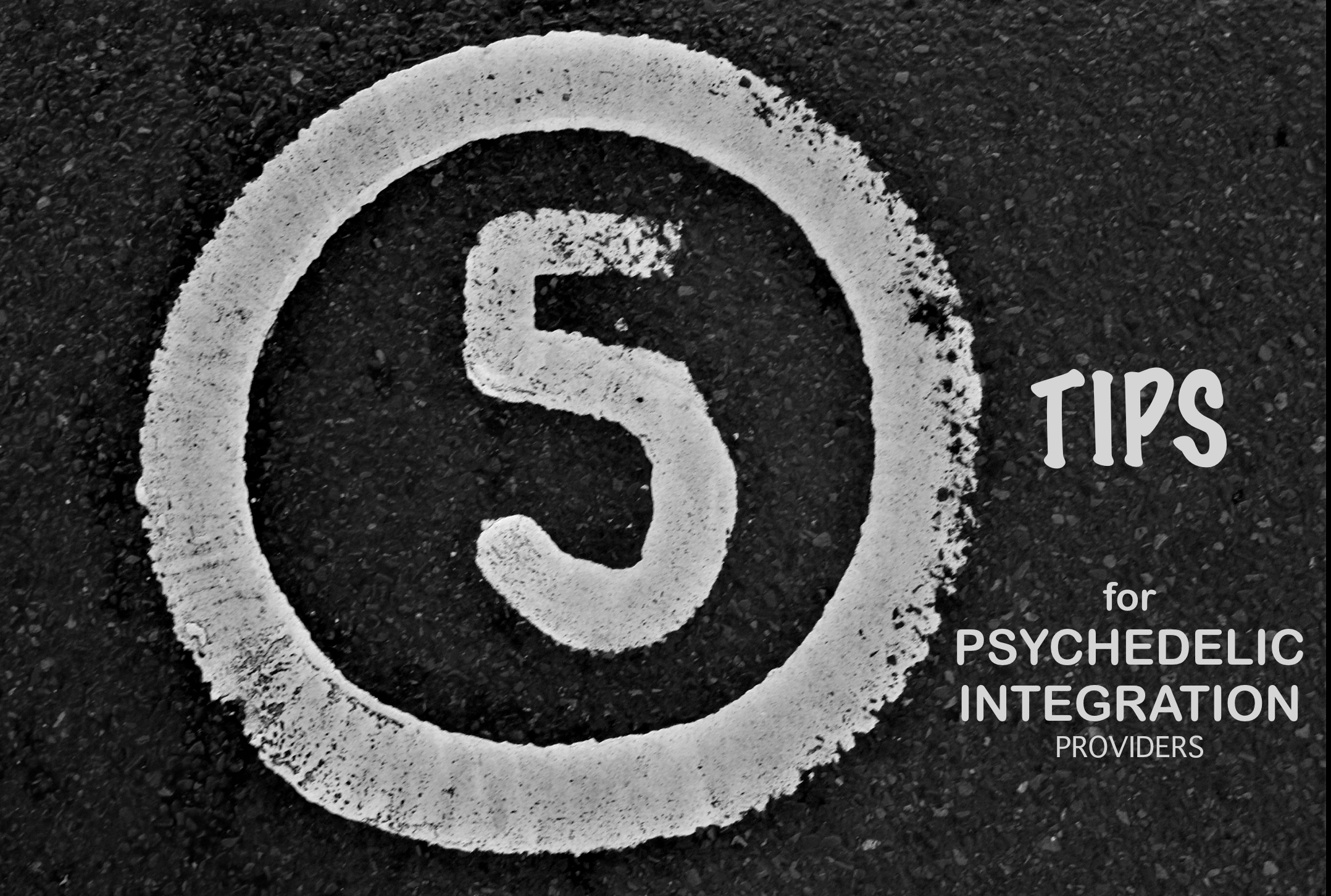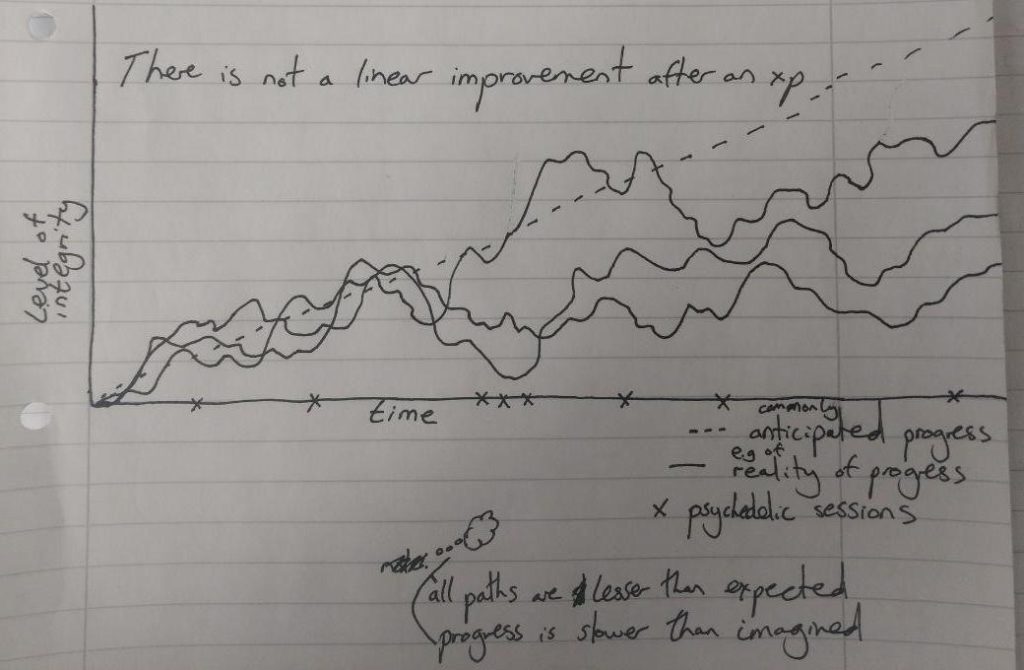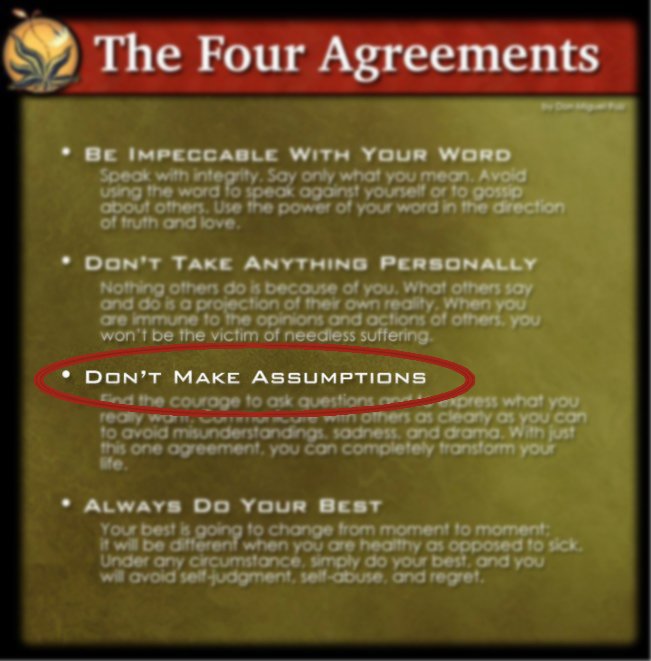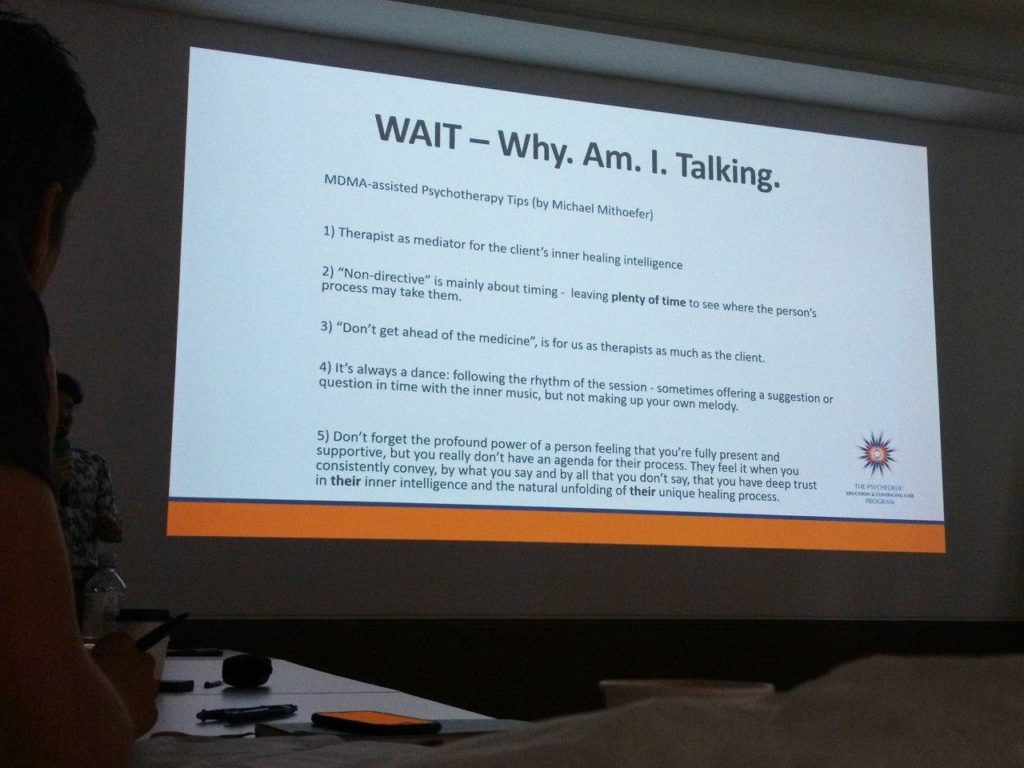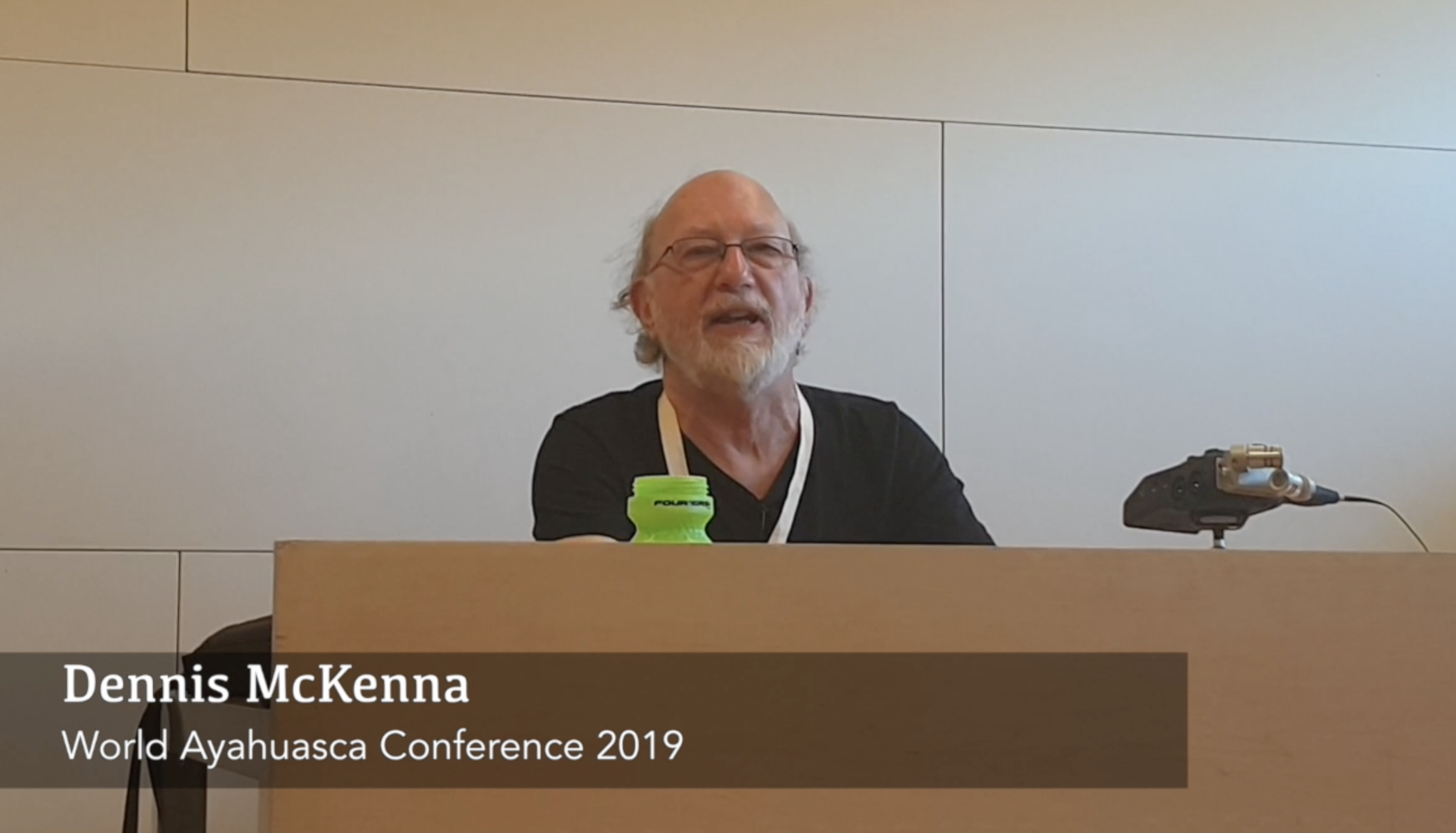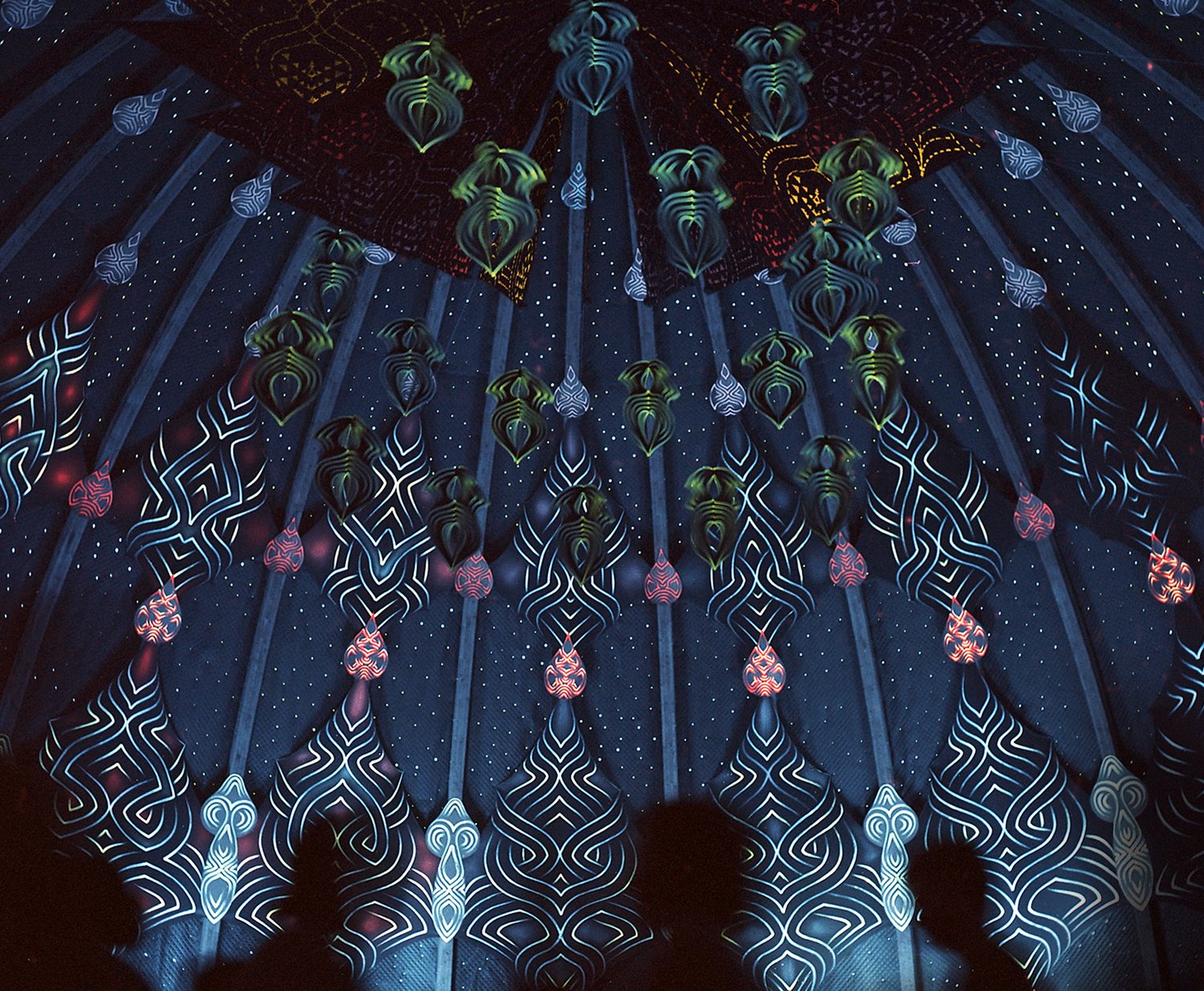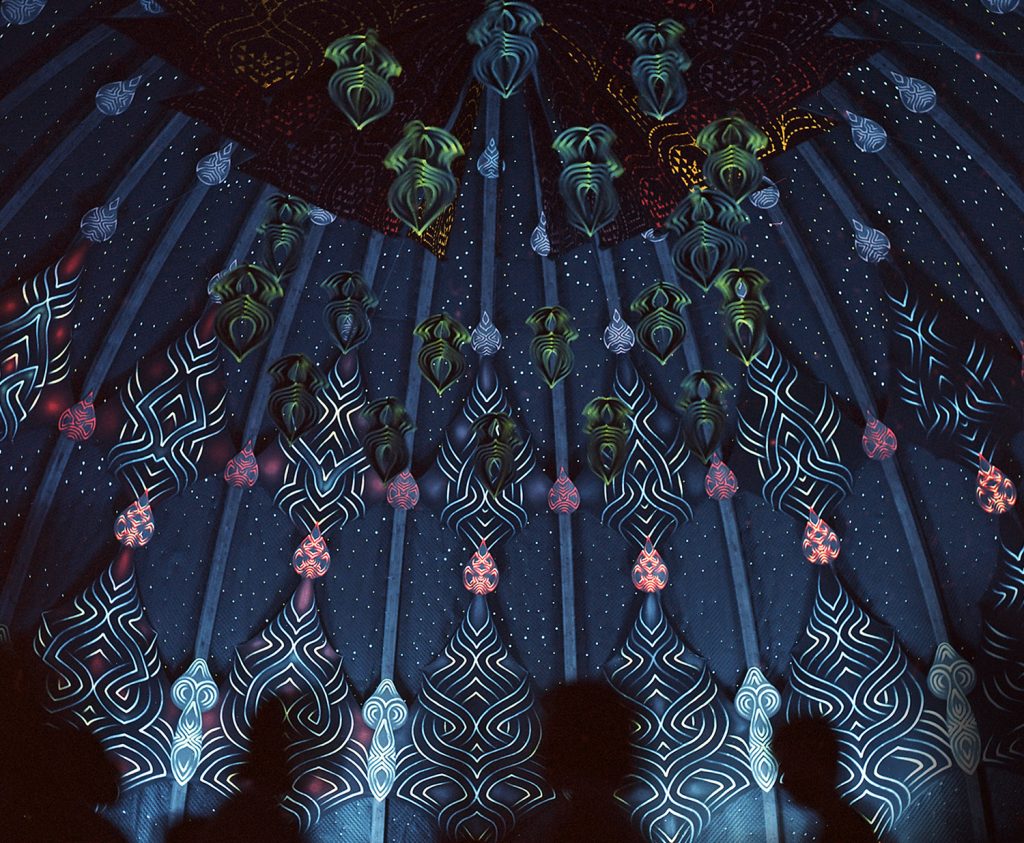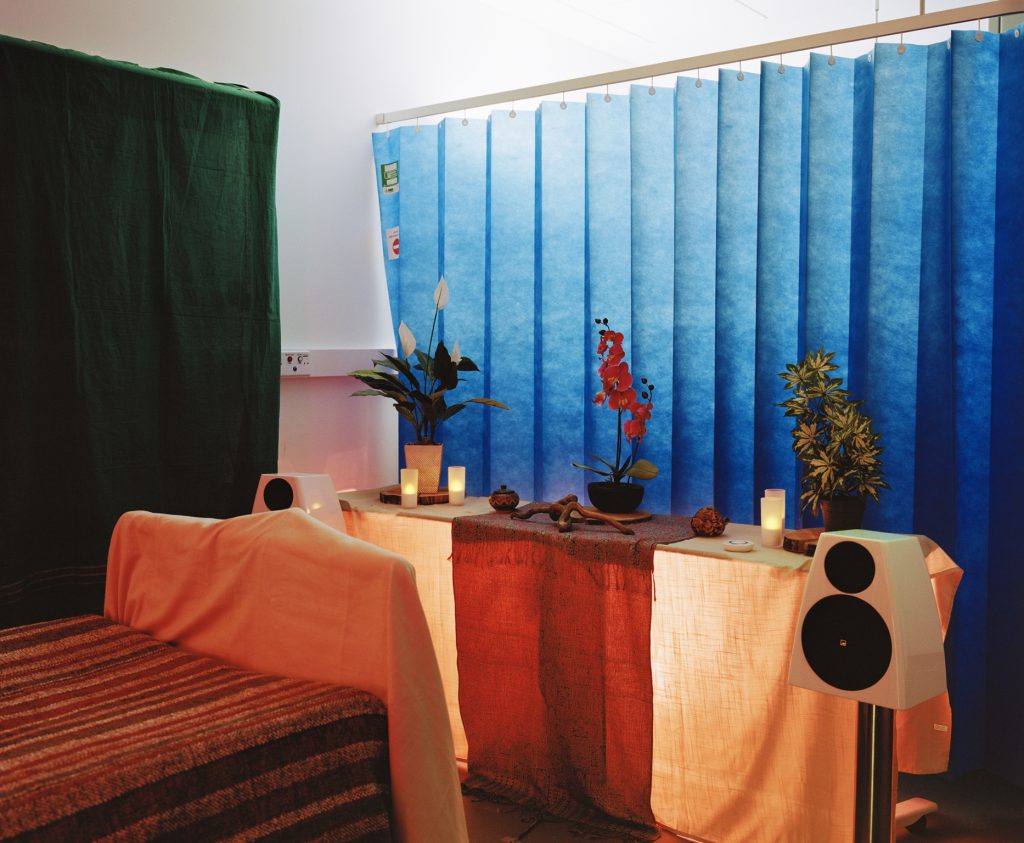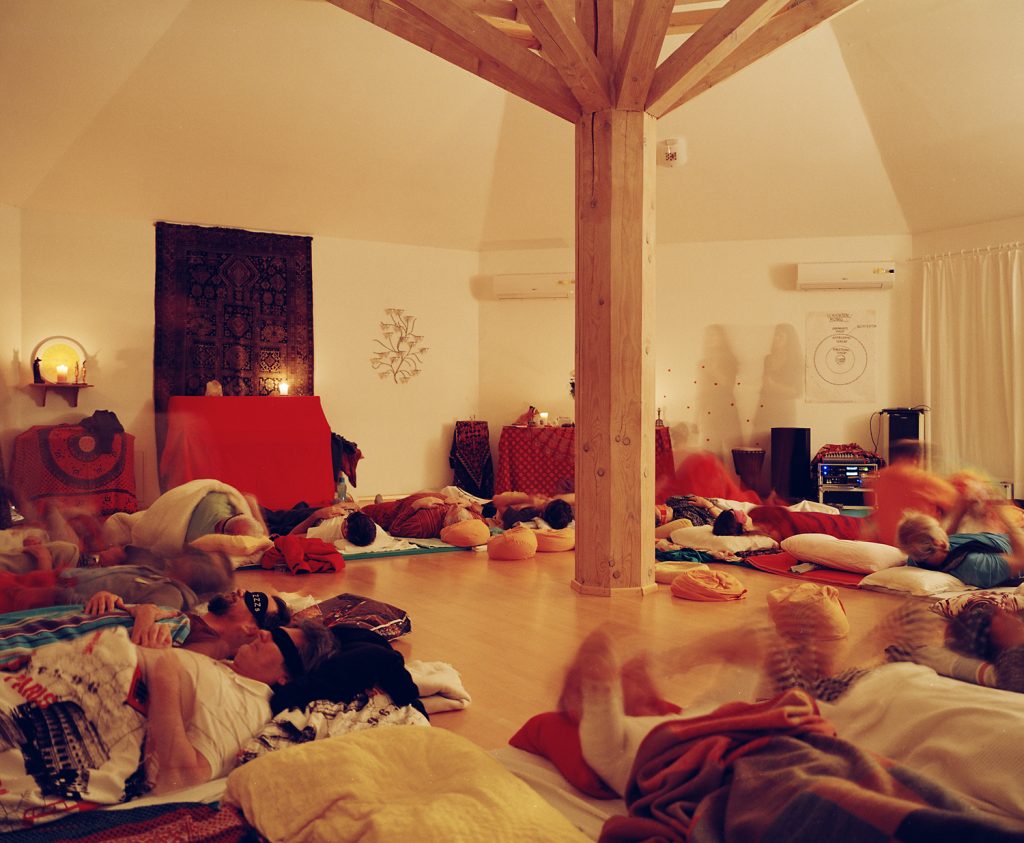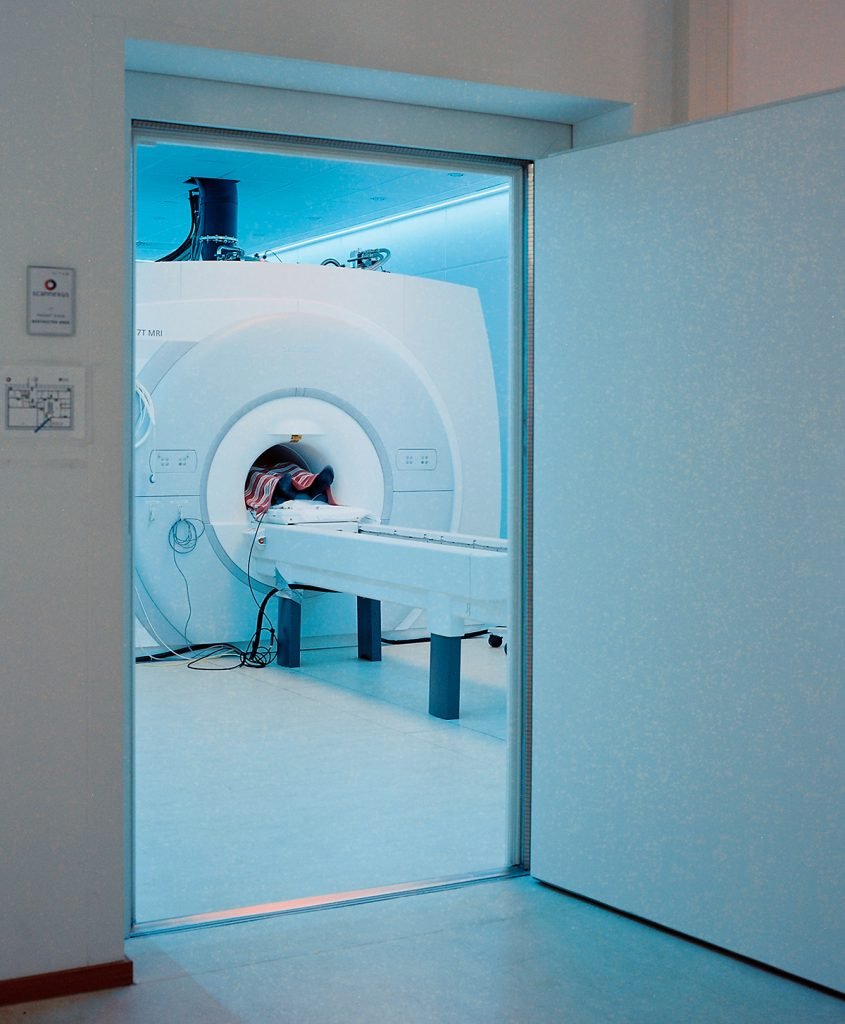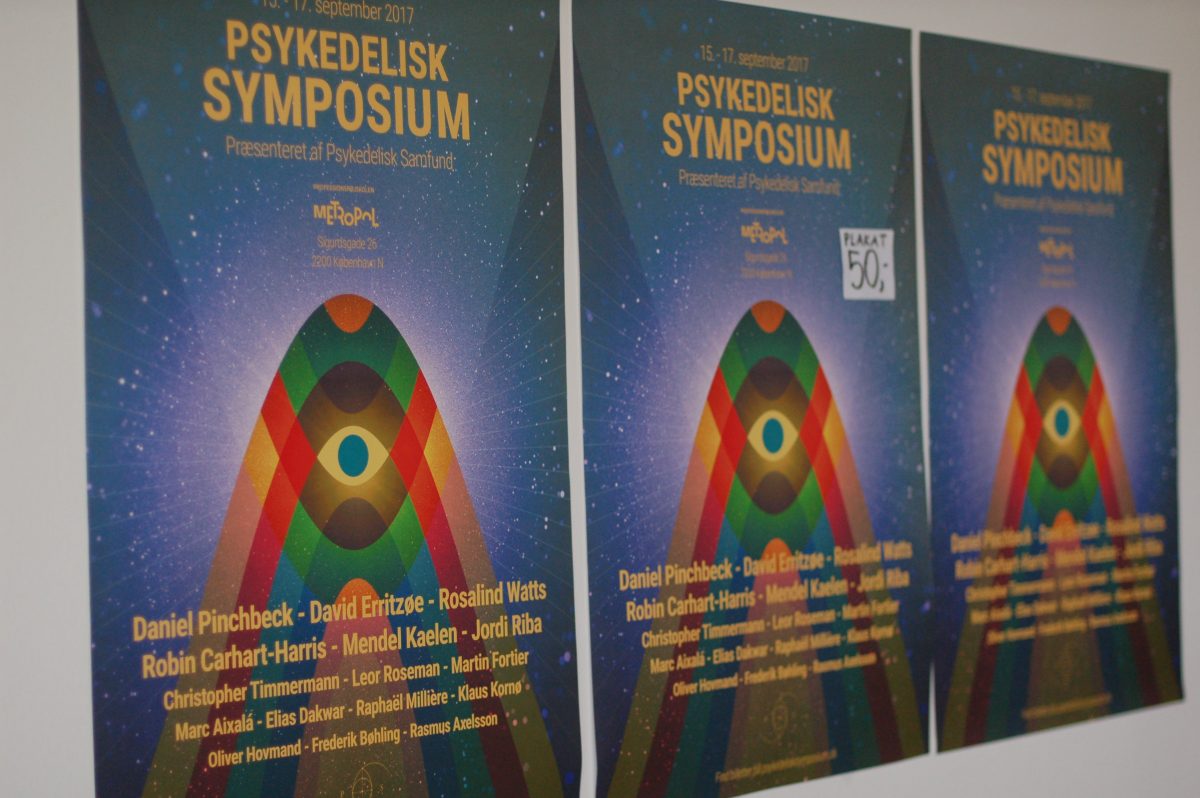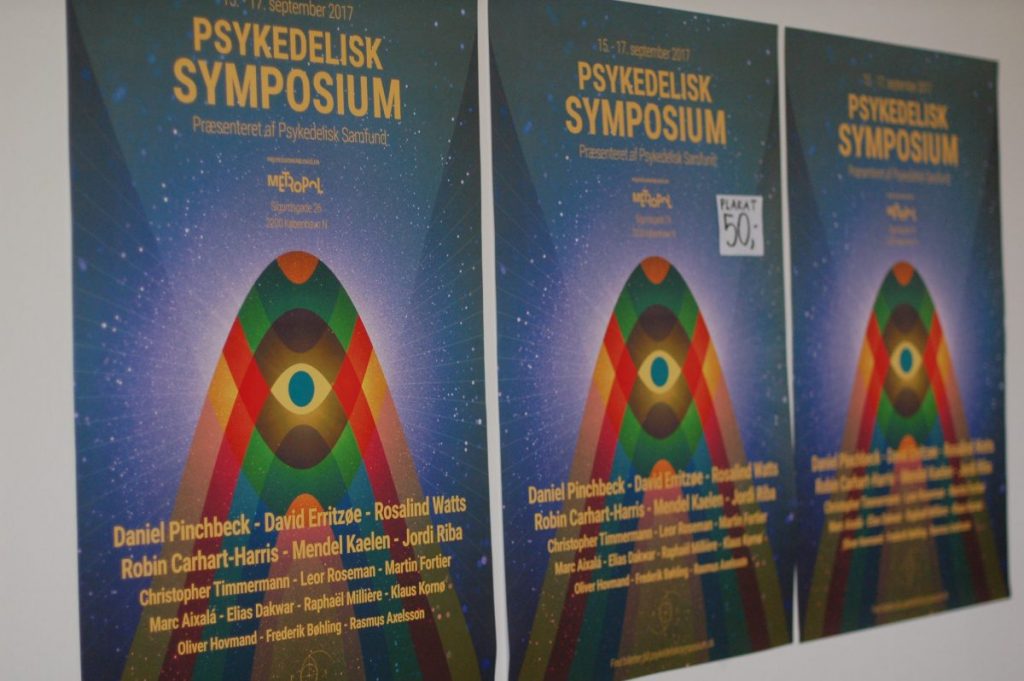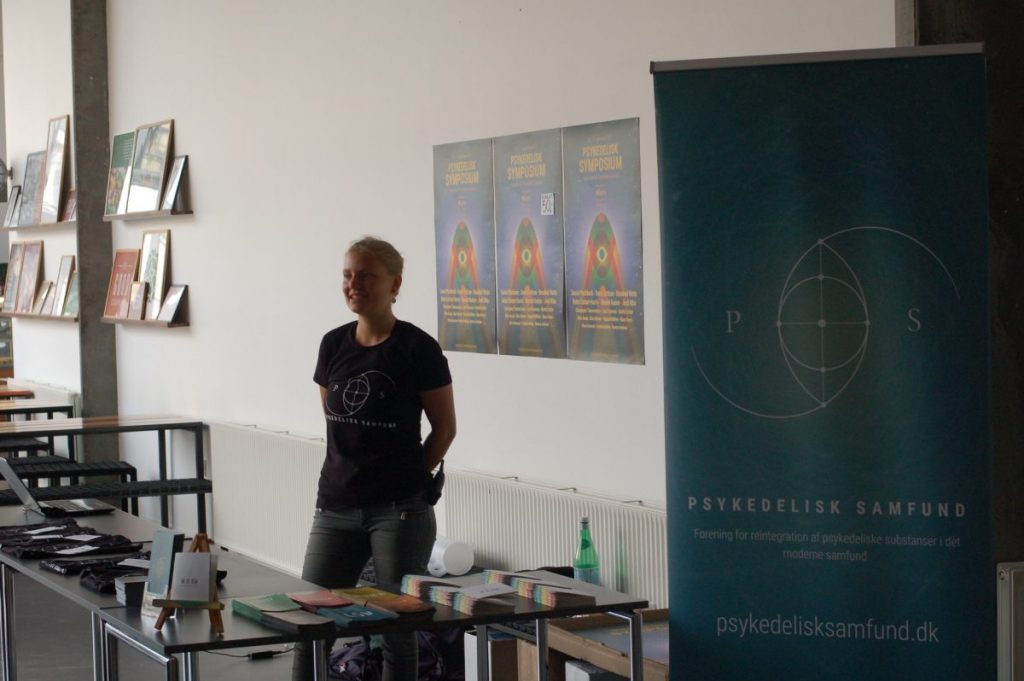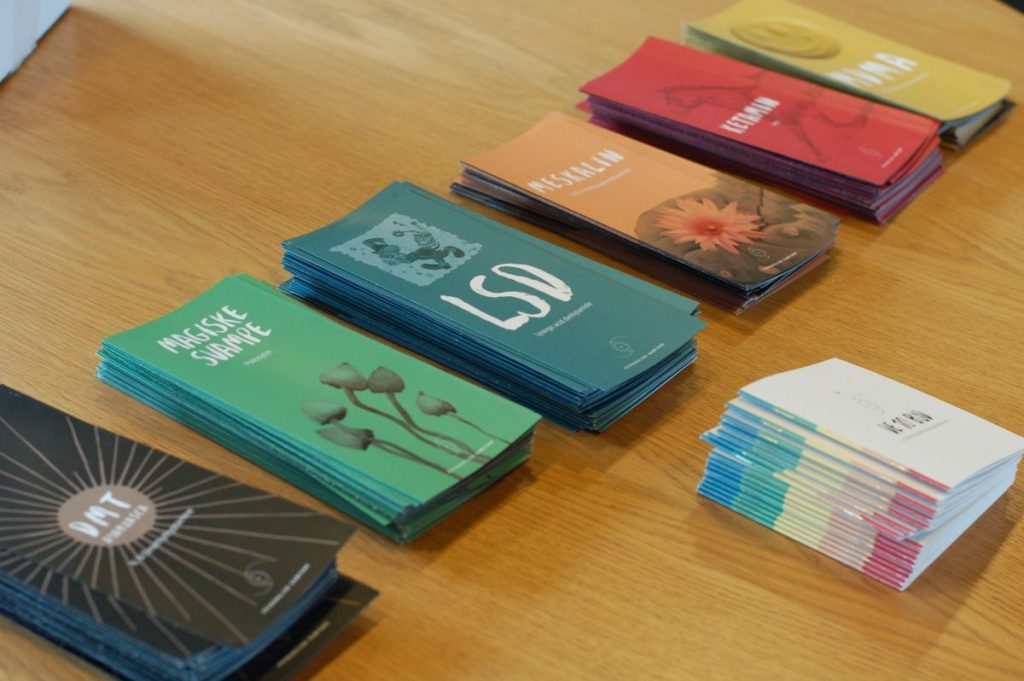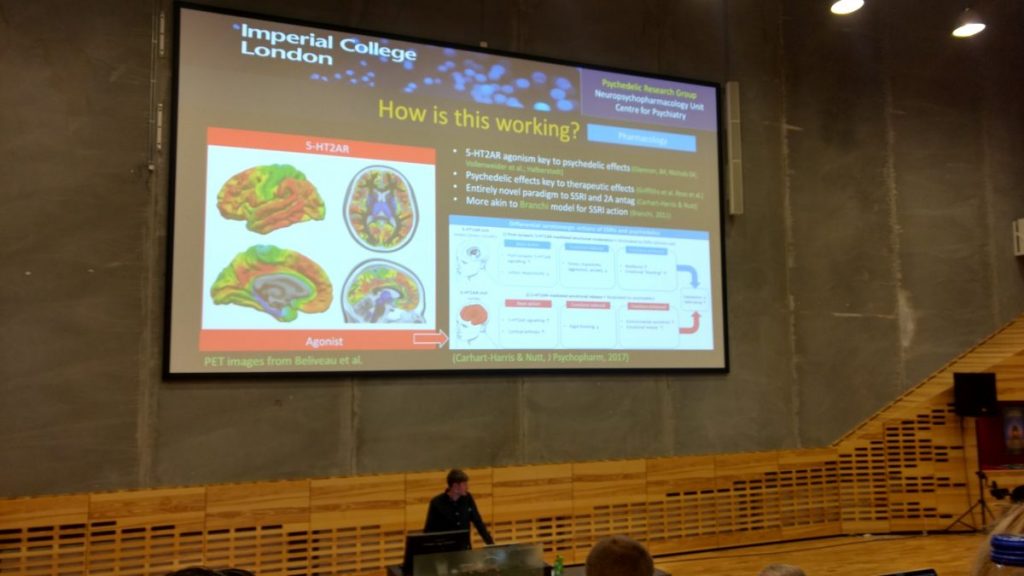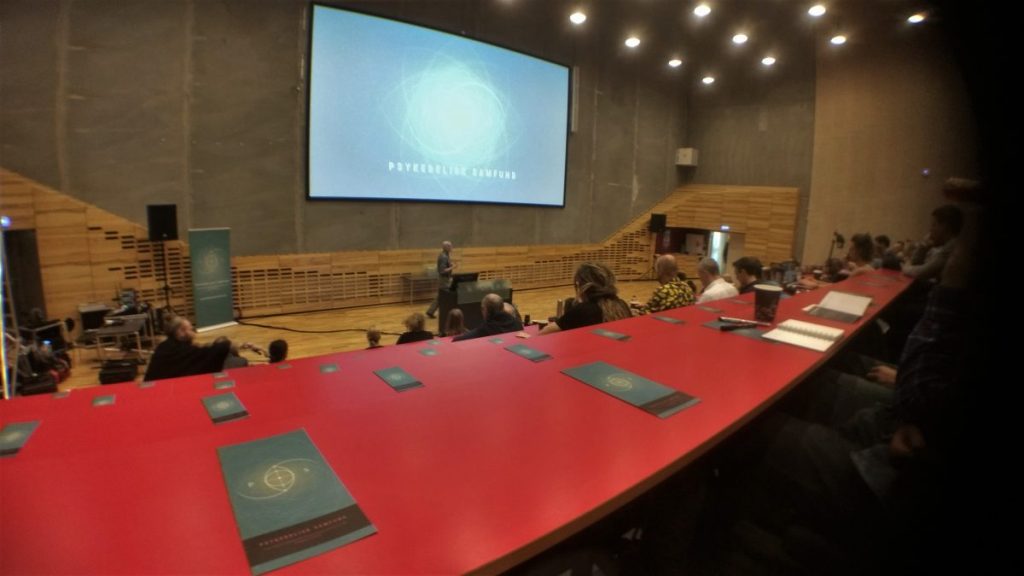Welcome back to PSYJuly, day 11!
Today we have a post from the legend and personal growth ambadassador, Steve Pavlina. Steve’s work has been a huge inspiration for me over the past two years and having spoken to him briefly about our psychedelic experiences on a zoom call earlier this year, I sent him an invite when setting up PSYJuly. I was delighted to receive his reply and welcome to share his lessons on ayahuasca. Over to Steve…
.
Last week I was in Costa Rica, engaging in four nights of ayahuasca ceremonies with a group of friends who invited me to share this experience with them. This was the first time I’ve taken ayahuasca. It’s illegal in the USA and most other countries, but it’s legal in Costa Rica.
Taking ayahuasca four nights in a row was physically challenging – nausea, vomiting, dizziness, and more – but I gained many insights from the alternative perspectives it provided. I actually count last week among the most cherished weeks of my life.
I took copious notes day by day to make it easier to remember the play by play of these experiences. I’d like to offer you this summary of the key lessons and insights I gained from this unusual deep dive. See if any of this resonates with you.
Gentleness
Be gentle with yourself and others. Gentleness is more powerful than toughness. When it feels like life is being too rough with you, simply say aloud to life: Please be gentler with me. Life tends to honor such requests. People will usually honor such requests as well. Asking for gentleness isn’t a sign of weakness. If you want life to be gentler with you, just ask.
Beauty
Look for the beauty within each person, knowing that everyone harbors intense beauty inside. People often hide their beauty, but each person’s beauty wants to be seen and acknowledged.
Share Love
Share your love with the world; don’t just share ideas and advice. Be more expressive of caring, kindness, and compassion. Your caring is beautiful. Stop hiding how much you care and what you care about.
Be Consciously Intentional
Reality responds powerfully to intentions. Consciously express your intentions, especially when you cannot envision the causal chain of actions to generate the desired result. Even when the response seems subtle or delayed, intentions always have an effect. Declare your intentions when you get up, while showering, while eating, while in the middle of an email or a conversation, and so on. Keep telling reality again and again what you desire to experience because reality is always listening. When you aren’t expressing intentions, reality assumes you’re intending to experience what you’re already experiencing, instead of something new or different. Don’t worry about being consistent in what you ask for. Just ask frequently – way more frequently than you think is prudent. You’ll receive a lot more of what you want if you ask, ask, ask. Asking 100 times a day isn’t too often.
Grow Towards the Light
Continue to pursue personal growth like a plant, always growing towards the light. Keep asking, Where is the light? Seek to grow in that direction. Keep intending: I’m growing towards the light. Life powerfully supports such intentions.
Artistic Expression
To become a better musician, don’t try to play music. Instead, try to play the beauty of the music. The same goes for other forms of artistic expression. Focus on the beauty of what you’re trying to share or express. Let the beauty play through you.
The Unknown
Growth that comes from exploring the edges of the known is typically incremental, safe, and predictable. To experience deeper and more profound transformations, invite and explore the unknown. There’s more potential – and fewer limits – in the realm of the mysterious. When you turn towards the unknown, more is possible. When you cling to the known, progress will be slower.
Connected Thoughts
No thoughts within our minds are truly compartmentalized. No memories, ideas, beliefs, attitudes, habits, addictions, feelings, hopes, dreams, or desires are sequestered in isolated storage. All neural patterns influence and communicate with each other in a perpetual dance of energy transfer. Consequently, to achieve a sense of wholeness and centeredness within, every repressed, rejected, or resented pattern of thought must eventually be forgiven, healed, and welcomed back into the fold. Even what you consider to be the very worst patterns within your mind are eager to be recognized and acknowledged as beautiful.
Oneness Across Time
Since past memories and future desires are still maintained as neural firing patterns in the present, achieving future improvement requires healing and upgrading your relationship with the past. For instance, an abundant future necessitates an abundant reframing of the past, such as recalling past challenges as lessons received with gratitude and appreciation. Any resentment of the past blocks future progress. Within the mind all neural patterns that represent time-based events (past, present, or future) are maintained in the present, and they all contribute to the same song. There is no mental separation of past, present, and future. Your relationships with events across all time periods all exist in the present. You can always create new intentions for healing and upgrading these relationships. Your relationships with all time periods are always with you, so make those relationships as good as they can be. They can be beautiful.
Forgiveness
Forgiveness is way more powerful and transformational than you probably realize, especially forgiving yourself. There’s a deeper part of you (your soul, your spirit, or perhaps your higher self) that’s always ready to put its arm around you; invite you to face together your worst shame, guilt, or regret; and heal it with unconditional love, understanding, and forgiveness. This part of you is always available. It invites you to heal the unhealable and to forgive the unforgivable. Just ask: I invite my soul to help me heal ____.
Head and Heart
The head can never hope to win when the heart disagrees. The head is positioned as a student of the heart, seeking to study and understand it. It’s okay for such a student to be curious and questioning as long as there’s trust. When the head doesn’t trust the heart, the head will eventually generate enough problems to lead it back to the heart, usually out of desperation. When you experience such desperation (or its precursor, frustration), breathe into your heart until you feel centered there. Then ask your heart for guidance, and listen to your heart with your head – this time with more humility.
Being Imperturbable
Imagine being emotionally and energetically imperturbable, such that no events trigger you to feel anything other than what you consciously choose to invite in. How would your energy matrix need to be configured to be capable of accepting any input and still maintaining the integrity of its vibration unfazed? You’d be like pure black paint that can receive and absorb any light without glaring back. Whatever triggers exist that cause you to fall short of this standard are pointers to further growth. The next time you feel triggered, ask yourself what you’d have to release, reframe, forgive, or heal in order to render such a trigger powerless in the face of your imperturbable nature.
Causing Pain
Wherever you cause pain, you narrow the range of frequencies that you can perceive. You cannot hear and enjoy the beautiful song of that which you harm. Wherever you express caring, compassion, or kindness, you open up the frequency range, so the fullness of life’s symphony can be heard. Where do you sense you’re still causing pain or allowing wounds to remain unhealed? That’s where the most beautiful music is playing, but at best all you can perceive is a low hum. Life is playing a symphony of love, abundance, creativity, beauty, joy, and more. If you cannot hear that song each day, turn your attention to healing wherever you’re blocking it, which is wherever you’re causing pain.
Plants and Nature
Plants and nature are always unconditionally accepting of you. No matter what you endure in the world of humans, you can spend time in the presence of a plant or tree, which will always welcome and accept you. You can ask a plant to forgive you, and it will do so. When you invite and welcome the unconditional love of plants, you’ll find it easier to love and accept yourself, and so will other people. Remember that nature always provides you with an accessible floor of love, acceptance, and forgiveness, and this gift is here for you whenever you need it. No tree will ever decline a hug from you. When you cannot bring yourself to express love for anyone or anything, including yourself, you can still express love for a plant, and that’s all it takes to get the energy flowing again. Don’t underestimate how powerful this is.
.
This was originally posted on Steve’s website here.
About Steve
Steve Pavlina is an American self-help author, motivational speaker and entrepreneur. He is the author of one of the most successful personal development websites in the world, stevepavlina.com, and the book Personal Development for Smart People.


